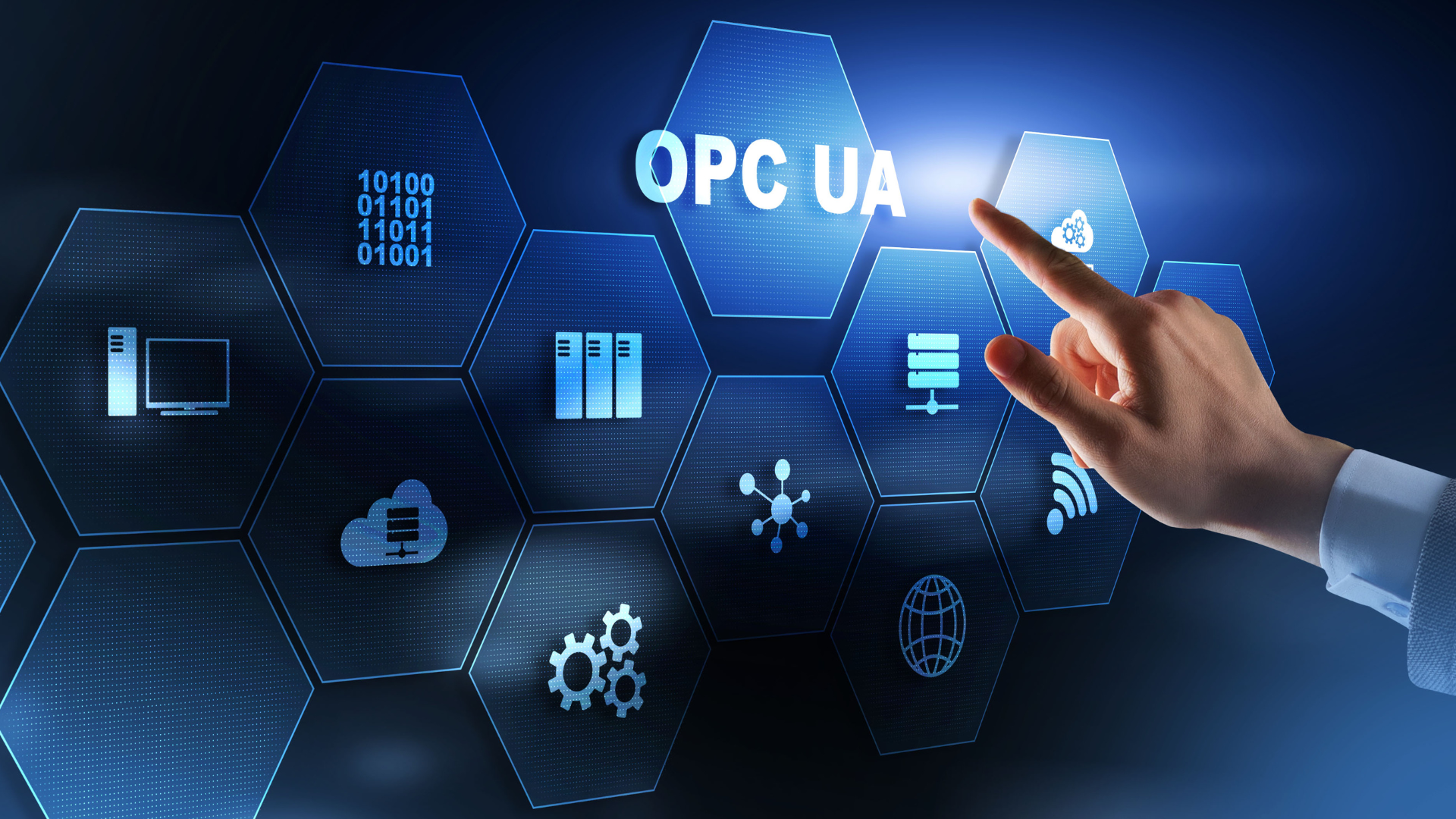What Is the Difference Between OPC UA Server and Client?
What Is the Difference Between OPC UA Server and Client?
The distinction between an OPC UA server and client is significant, as each plays a unique and essential role within the robust OPC SCADA communication framework. The OPC UA server assumes the responsibility of providing data and resources, acting as the central hub for information retrieval and distribution. On the other hand, the OPC UA client serves as the recipient of this valuable data, enabling seamless access to critical information from multiple servers. It is vital to recognize that both entities possess distinct functionalities that contribute to a cohesive and efficient communication system. The OPC UA server excels in its ability to gather, organize, and disseminate data effectively, ensuring that all relevant information is readily available for retrieval. Meanwhile, the OPC UA client empowers users with comprehensive access to this rich pool of data, facilitating meaningful analysis, decision-making processes, and ultimately driving operational excellence. Understanding these differentiated roles fosters a deeper appreciation for their respective contributions within the broader OPC framework. By leveraging their unique functionalities in unison, organizations can unlock unparalleled efficiency, enhanced productivity levels, and streamlined operations across various industrial sectors.

OPC UA
An OPC UA server, without a doubt, acts as an exceptional and indispensable data provider in any industrial setting. It goes above and beyond by
offering seamless access to real-time process data, invaluable historical data, and a wealth of other relevant information that is crucial for optimal operation and decision-making. With its remarkable capabilities, an OPC UA server empowers businesses to effortlessly harness the power of data to drive productivity, efficiency, and overall success. It is important to highlight that the integration of artificial intelligence technology empowers a wide range of industrial automation systems, including the highly efficient SCADA (Supervisory Control and Data Acquisition) systems. These state-of-the-art tools not only enable seamless data retrieval from diverse sources but also enhance overall operational efficiency by providing real-time insights and analysis. By leveraging AI-powered capabilities, industries can significantly optimize their processes and ensure a streamlined workflow for maximum productivity.
OPC UA Client
Contrarily, it is important to note that an OPC UA client functions as a highly efficient and steadfast data consumer, actively initiating requests and effortlessly acquiring data from the OPC UA server. It plays a vital role in the seamless flow of information by consistently seeking and promptly receiving the desired data from the server, ensuring optimal performance and uninterrupted communication. It is absolutely crucial to have either software or hardware components that actively interact with the server in order to effectively access and utilize the vast amount of available information for vital purposes such as monitoring, control, or analysis. These components play a crucial role in ensuring seamless communication between systems and enable efficient data utilization for real-time decision making. Without these essential elements, extracting valuable insights and ensuring optimal performance would be an uphill battle.

The OPC Protocol
The OPC (OLE for Process Control) protocol, without a doubt, plays a crucial role in the field of industrial automation. It is widely recognized and accepted as the go-to protocol for facilitating flawless communication between various devices and systems within an industrial setting. This protocol ensures seamless data exchange, enabling efficient monitoring, control, and optimization of processes. Its widespread usage across industries demonstrates its unparalleled reliability and compatibility with modern automation technologies. It is important to note that this technology not only allows, but ensures seamless interoperability among diverse equipment from multiple vendors. This means that regardless of the brand or origin of the equipment, they can work together harmoniously and efficiently. By promoting compatibility and cooperation, this technology eliminates any barriers or limitations that may arise due to vendor-specific protocols or systems. It guarantees a smooth and cohesive functioning of various equipment, enhancing productivity and reducing unnecessary complexities in the workplace environment.
Is OPC Server Free?
It is crucial to acknowledge that although there are numerous commercial options accessible for both OPC servers and clients, it is essential to consider that some vendors may provide free versions of their software. However, it is worth noting that these free versions often come with limited features or trial periods. Let me clarify the situation for you. Matrikon, a leading provider in the industry, indeed provides a free version of its highly-regarded OPC server software. However, it is essential to note that this free version comes with certain limitations.
To ensure you have access to the most accurate and up-to-date information regarding the availability of free OPC servers or clients, it is highly recommended that you visit the official websites of the respective vendors or carefully review their product documentation. This will allow you to obtain reliable details on whether these solutions are indeed accessible for free use or if they offer trial versions with limited functionality. By relying on official sources, you can confidently make informed decisions when it comes to selecting the OPC servers or clients that best suit your needs.



